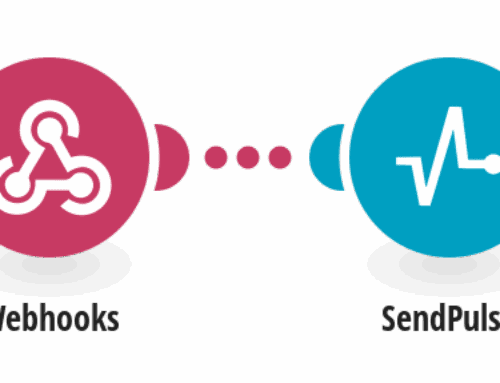For most of us, we think that crafting a great SEO title tag is a piece of cake. Besides, it’s close to impossible to make a mess of them, right?
Truthfully speaking, we normally fail to realize the full potential of our title tags and how they can inevitably improve our SEO.
Today, I thought it best to cover some of the essentials on SEO title tags, and how to create an effective tag that work miracles for you every time. So without further ado, let’s push that ‘Start’ button!
So how do you define an SEO title tag and why is it important?
In basic terms, a title tag is a HTML component that briefly describes the webpage title. For example, take a look at this
<title> 10 Reasons Why SEO is an advertising haven for your business</title>
So its main function is to give a visitor, as well as the search engine, a heads up on the kind of content that is available in a given web page. And it does this with brevity and conciseness. These title tags are what is shown in SERPs.
That being said, it’s fundamental that your title tag spikes a user’s attention, so that they immediately click through to find the content of your post.
So here are a number of reasons why a great title tag is SEO heaven on earth for your business:
- You got to make that first impression– As you are aware, the first thing that one sees after executing a search is your title tag. This will be the difference between him/her clicking on your site and becoming a visitor, or moving on to the next one.
- It really leverages your brand-One of the things that you have to realize is that people put their trust in brands. So say for example if you have a garage business, make sure to vibrantly display the name of your brand in the title tag. This is one sure way of generating more leads and clicks to get more traffic.
Plus we shouldn’t forget that Google loves to analyze our title tags! And that’s why it makes a lot of sense to include keywords into your title tags.
Some simple rules on title tags
So let’s start with the basics, shall we? The first thing we know is title tag truncation. That is, Google snips off the other section of the title tag once you’ve surpassed about 50-60 characters. Hence as a rule of thumb, it’s always great to keep your title tags brief and about this length.
Rule two comes down to capitalization. And it’s a No-Go zone! Don’t capitalize the entirety of the title tag. It just looks bad, plus it kind of gives off the vibe that you’re trying too hard to get someone’s attention. Alternatively, you can capitalize the first letter of the title tag, or use a capitalization tool to enhance the overall tag.
And last but not least, write a title tag for humans, not for search engine bots! It’s 2018 people, and even the AI of spider bots is pretty smart today. So they can easily tell the difference between a human title tag and one that’s been stuffed with keywords.
Having a main keyword to target
When it comes to title tags, you’ve got to have one major keyword from where the title tag is built around. Consider it the support beam for the new house you’re building. Without it, the whole house would come tumbling down, right? So always have a primary keyword to focus on. However, a downside to having one primary keyword is that it will take longer to rank on SERPs. Which then brings us to another option…
Using long-tail variations of the main keyword
Creativity and innovation are key to succeeding in the SEO game. So that’s why you’ve got to have long-tail keywords to your primary keywords. But wait a minute, what are long-tail keywords? These are keywords whose search queries are quite low compared to the main keywords search volume, but have high potential for search demand in SERPS. For example, say your primary keyword is lawnmower. Now ranking high for lawnmower if you’re just starting out can be pretty tough. But if you use a long-tail keyword like ‘lawnmower for spring’, then your ranking will definitely improve.
Always make a draft of your SEO title tag
Before you publish your post, always create a draft of your title tag. As you create it, you should focus on the following features:
- You have to make it descriptive-Ensure it describes your post as accurately as possible, so that readers get exactly what they were expecting when they clicked.
- Brevity is key-Make it short and sweet. Remember the rule of thumb; characters should not surpass more than 60 characters.
- A keyword is an essential component-Always include your main keyword, and if possible, a long-tail variation as well.
And there you have it! Next time you think of creating an SEO title tag, feel free to refer back to these helpful tips. And if you’re further looking for expert advice on how to improve the SEO for your online business, you can book a free and comprehensive consultation with 4SpotMarketing today!










